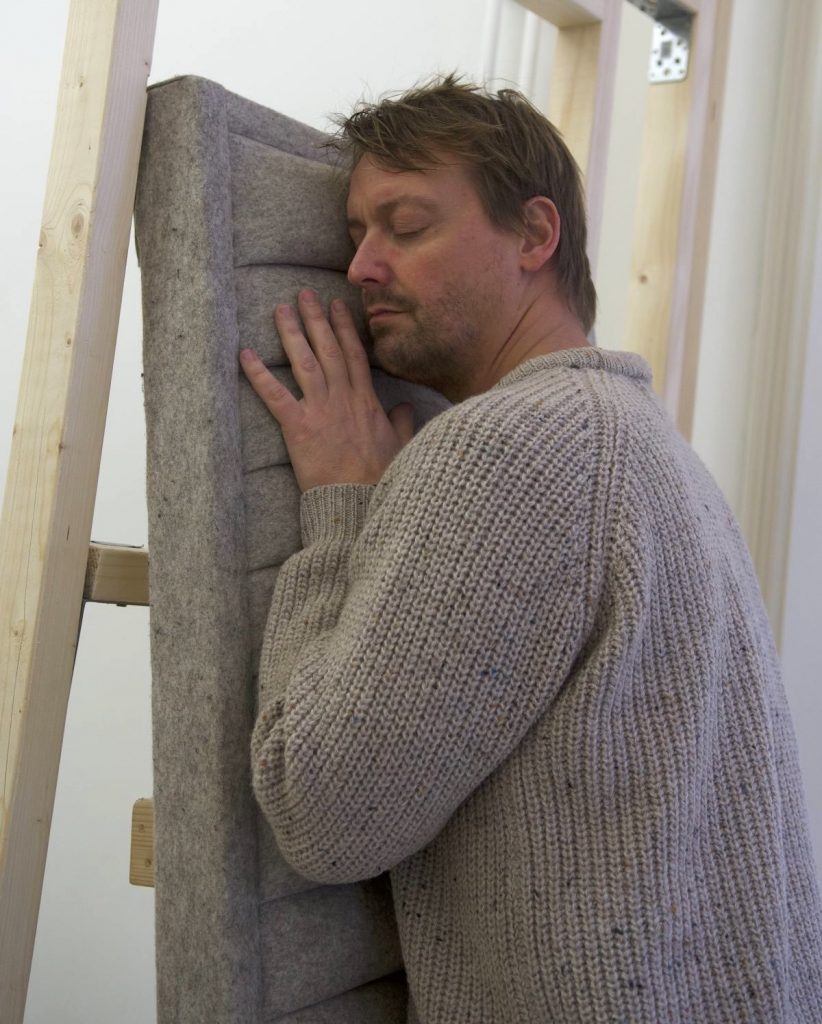Projects
Flora ex Machina_
Coils of copper_
Coils of Copper is a site-specific sensory extension for the perception of electromagnetic radiation. The collaboration builds on both Andreas Tegnander’s research into cross-sensory sound installations and Ossip Blits’ previous research on electromagnetic radiation.
While our bodies naturally emit low levels of radiation, this radiation is insignificant in comparison to the amount our technological appliances produce.
As a result our cities are imperceivable radiation landfills. Through the use of the six custom build electromagnetic microphones, Andreas and Ossip translate this electromagnetic waste into perceivable auditory waves.
The installation is a deep dive into embodied composition where the spectator/listener can walk throughout the soundscape like a landscape/architecture. Where sounds travel and change through moving into different rooms.
In the basement underneath de Kunstkapel a sound piece connects the floor into an audio surface. Some sounds move through all the rooms, while others stay.. waiting to be found. The composition is experienced by moving around, blending with the architecture.
I wanted to be able to walk through my composition, and to play with our awareness of sound. As I stood in the hallway in between the rooms I felt the sound creep around the corners and deep into the next one. I could hear all the rooms at once, allowing me to experience someplace I could not see. It is a kind of echo location, and for me a powerful what to embody the space and the composition.
Sound as a malleable terrein_
Sound as a Malleable Terrein was a two month sound research residency that took place at Het Hem during the summer of 2021.
Through researching the temporal patterns and sonic fingerprints of the landscape, the team developed different techniques to translate their collected data into a sonic terrain. Inspired by Henri Levebre and his theory of ‘rhythm-analysis’ the group took walks into the depths of ‘Het Hembrugterrein’ and performed listening exercises, collected data and field recordings.
The artists [Thessa Torsing, Nathan Marcus and Andreas Tegnander] synced with the land and soundscape; tuning their ears to the brushing of grass against a metal pipe, stones crumbling down a hill or a massive pile driver stomping its way through layers of soil. What is the sound of an environment being sculpted?
What do I hear?
What do I hear is a multinational collaboration to explore formative and theoretical questions of accessibility and inclusivity through sensory translation. The first public public presentation took place at Bradwolff Projects 22- 28 november 2021 in Amsterdam. During this first trial we were showing a prototype of an immersive haptic installation for sensory translation.

Space_Corrupted_
Space_corrupted is a collection of Point Clouds. A point cloud is a midpoint between a raw 3D scanning and the desired digital model. It is a cloud of small points, all of which are what the software perceives as a definite location in space.
By purposely feeding the software bad information the software creates a model that has only the slightest resemblance to reality. Make it too abstract and the software returns nothing, make it to concrete and you get the space as it is. But the closer you get to this threshold, the more abstract its point clouds get.
Contact
Anderas Tegnander
andreas.tegnander@gmail.com
insta: @andreas.tegnander